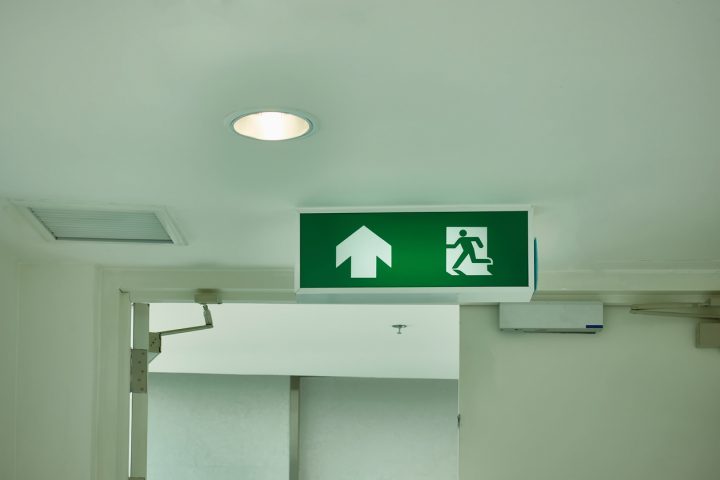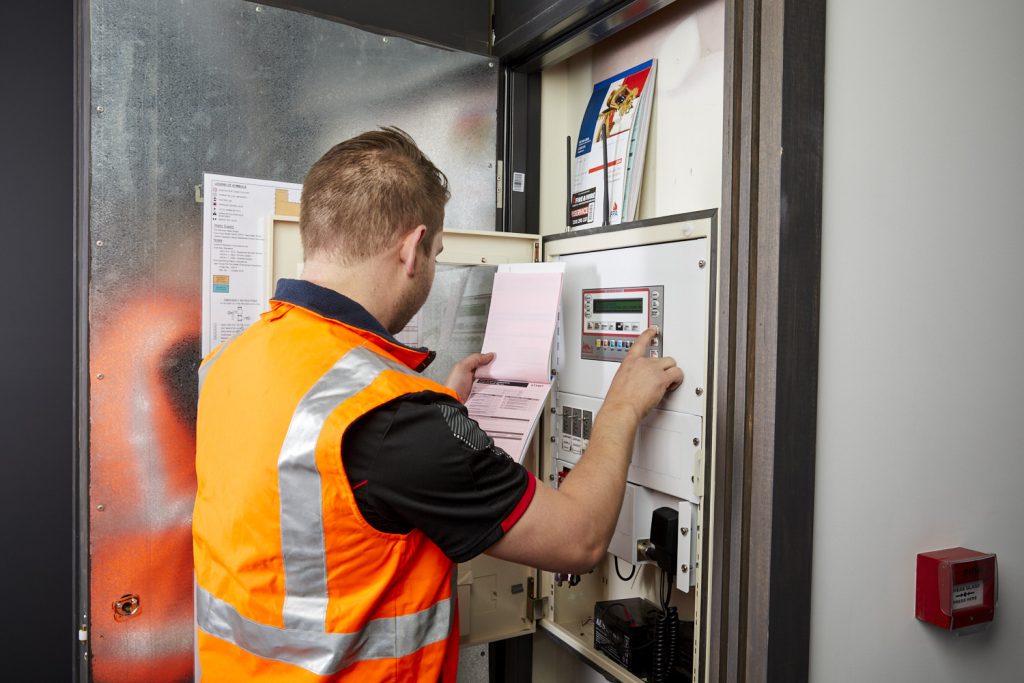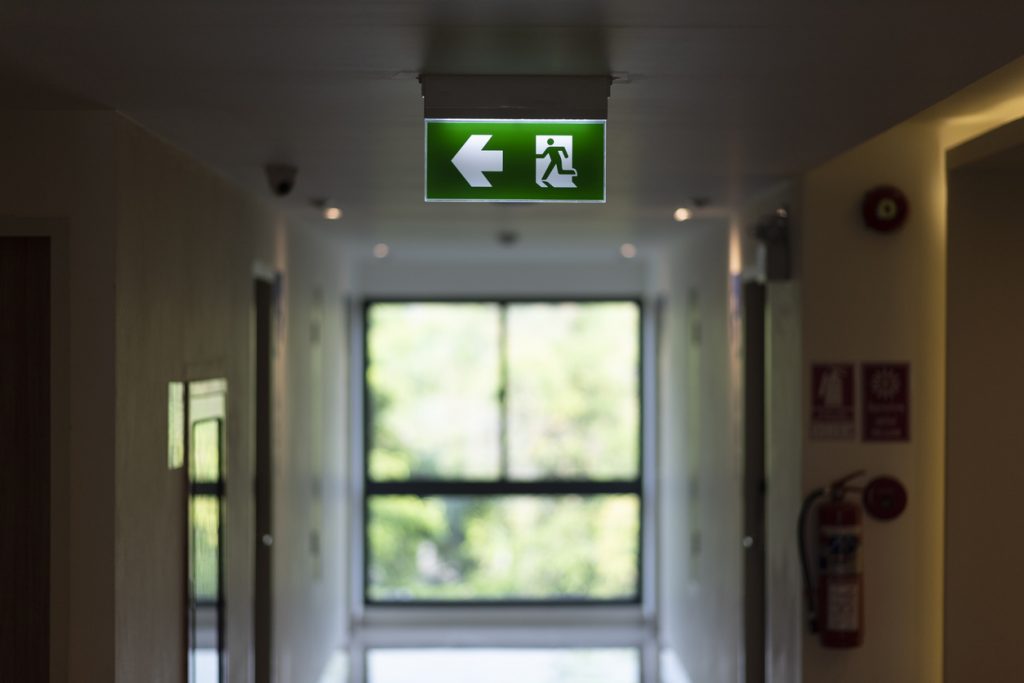
Exit and emergency lighting testing standards: shining a spotlight on Victoria’s regulations
When testing emergency and exit lights and signs in the workplace, residential apartment, or other commercial building such as retailers or warehouses, there’s much more involved than simply switching a light off and on again. It’s important for all Melbourne businesses to understand Victoria’s exit and emergency lighting regulations.
While emergency and exit lighting often remains unnoticed, it’s essential for a safe illuminated path of travel during an evacuation, so regular testing and fire system maintenance is paramount.
Understanding exit and emergency lighting regulations in Victoria
If a commercial or residential building is bigger than 300m2 and has a room without adequate natural lighting, the space should feature emergency and exit lighting. These areas aren’t just limited to indoors; they also include underground car parks and stairways, which should be maintained to ensure all fittings are replaced when they fail. These darker areas need to be brightly lit to provide safe passage in the event of an emergency.
Most people would understandably be unaware of where all the exit and emergency lighting is until they are illuminated. Some of the Emergency lights are always on but others only come on when the main power supply is cut.
Adequate lighting in the event of an emergency can save lives, so make sure to test emergency exit lights and signs regularly.
The international exit sign
By law, every exit sign in Australia needs to feature an image of the green ‘running man’, which is the international symbol for an exit.
Australia adopted this symbol in 2005, making it a part of the Building Code of Australia, bringing our standards into line with those outlined in the international ISO code 3864-1.
How to test emergency lights and exit signs
Your emergency and exit lighting needs to be tested for at least 90 minutes to ensure it can sustain illumination on its independent power supply. These assessments should be carried out every six months to adhere to safety standards.
Emergency lighting needs to meet Australian standards AS/NZS 2293 which specifies the design, installation, maintenance, and product requirements for systems within commercial and residential premises. That’s where we can help!

LED lighting for emergencies
LED lighting is now the preferred fitting for emergency and exit lighting, as LEDs are cheaper to operate and maintain, are more lightweight, and use a fraction of the energy of outdated fluorescent lights.
All LED exit and emergency lights should have red LEDs lighting up on one side to indicate the fitting is receiving the required 240v. When there is a power disruption, the red indicator goes out as the fitting is no longer receiving 240v, and instead becomes fully illuminated. If the lights stay this way for 90 minutes in a testing scenario, the fitting has passed and does not need to be replaced.

Fire & Wire clients receive a two-year guarantee
Does your emergency and exit lighting comply with the Victorian regulations? Get in touch with Fire & Wire for advice, or if your emergency lighting system needs a service. We offer a full two-year replacement on any new exit and emergency fittings we install, including parts and labour.